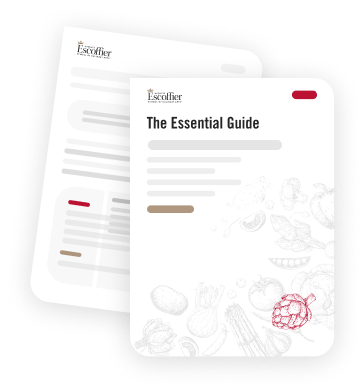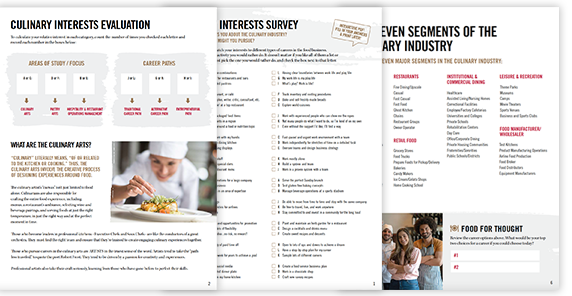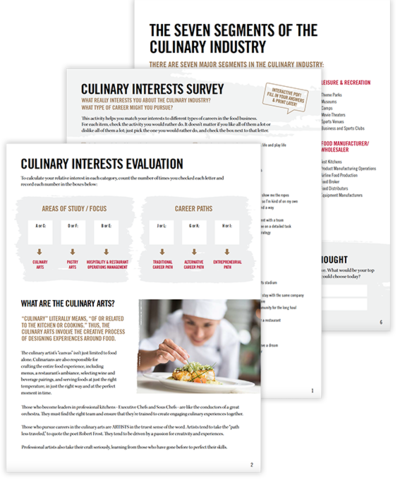Five Tips For Making The Perfect Burger

When you first head into the kitchen to try out simple recipes for burgers, the guidelines may or may not specify which meat-to-fat ratio you should look for in ground beef. While many chefs have different suggestions on what to try, part of learning to cook is testing them out for yourself and seeing what you like best. Here are some excellent tips for making the perfect burger:
Lean is not always best
When you’re making burgers, having the right amount of fat will help ensure that the patties do not get dried out. Professional chefs suggest using ground beef that has at least 15 percent fat. Some will go as high as 30 percent, but you may find that it is too rich for your liking. As you’re mixing the beef with spices, if you think that it is too dry, try adding 1 tablespoon of olive or vegetable oil for each pound of meat.
Cook it when it’s chilled
You may be surprised to learn that well-chilled meat is better for cooking than room temperature. According to My Gourmet Connection, the body heat from our hands can melt the fat in the beef before it starts cooking, which can result in a drier burger.
Don’t flatten your burgers
On television you’ve probably seen chefs use a spatula to press down on their burgers as they cook. However, this will cause the juices to flow out of the meat, which is exactly what you don’t want to happen. Give your burgers the proper amount of time to cook thoroughly, and your burger will remain juicy when for when it’s time to place it on a bun.
Grill for the right amount of time
No one likes an overdone burger, but cooking times will vary depending on the heat of your grill and the thickness of your patty. As a standard rule of thumb, over medium heat, a 1-inch thick burger (5 ounces of meat) should take about four minutes on each side to cook through.
Avoid thawing on the counter
If your beef is frozen, it will need to thaw completely before you start to work and cook with it. Many people will leave their meat on the counter to thaw out, but experts recommend against it since raw meat drippings can make their way on your counter. Instead, allow your meat to thaw for a day or two in the refrigerator to maintain food safety.
Online Culinary School Planner & Checklist
Online Culinary School Planner & Checklist
Find out what a culinary education can do for you.

What might a career in the culinary or pastry arts look like for you? Online culinary school is a fast, affordable way to launch a career in the culinary or pastry arts. Get the workbook to see how it could help you.






